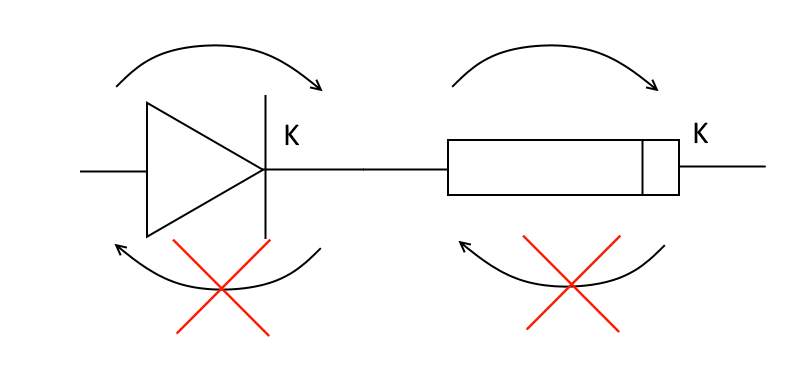Diodes are most probably the most simple semi-conductor type, but what is a semi-conductor? By definition, it is "a substance, usually a solid chemical element or compound, that can conduct electricity under some conditions but not others, making it a good medium for the control of electrical current. Its conductance varies depending on the current or voltage applied to a control electrode".
In short, a semiconductor's reaction will vary depending on the amplitude and direction of the current. That is why diodes can only let current through in a single direction and will block it when it comes from the other.
As you now know, basic diodes let the current pass only from one of their pins, which is usually accompanied by a voltage drop of around 0.7 V. This is especially useful for protecting sensitive devices. You would mostly blow up your AA battery-powered electronics by inverting their polarity if diodes were not around. There are certain kinds of diodes that let the current flow in both directions, but at a different voltage threshold, like the Zener Diode.
In schematics, regular diodes are usually represented by two symbols where the cathode is indicated with a vertical bar or a "k", for "Kathode". The cathode is where the current will be blocked. On the opposite, the "anode", is the side where the current will pass when the voltage reaches a certain threshold.
Regular diodes can be quite sensitive and won't block or conduct high currents and voltages. For those kinds of loads, you want to bring in the big boy, the Schottky. Rather than being exclusively made out of a semiconductor, it is comprised of a junction between a metal and a semiconductor. It is also faster as it usually triggers at 0.3 V rather than 0.7 V. It, however, leaks more current than its regular counterparts. It means that there will be a bigger loss of power.
Just like the regular diode, the Schottky diode's cathode is either represented by a K or a vertical bar. This bar is a bit different than the other.
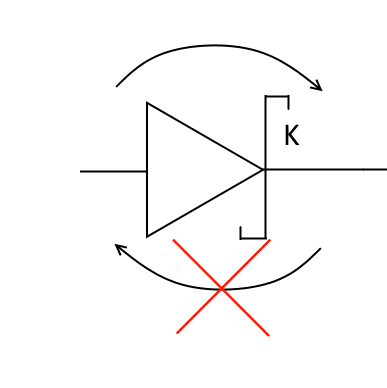
Zener diodes are built from the same materials as the regular ones except that they don't react the same way to reverse current. Indeed, the Zener diodes can let current pass through from both the anode and cathode, but at different voltages. Usually, the anode voltage threshold can vary between 2.4V to 200V. They are used often as voltage references in shunt regulators, which drop the current to the ground once a certain tension has been reached.
The Zener diode also has its own symbol.
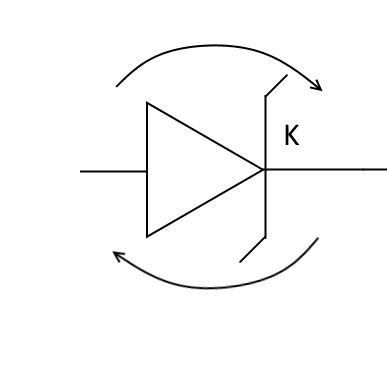
LEDs are made from a different semiconductor than other diodes. A certain material combination like gallium, arsenic, antimony, or nitrogen will emit light when diffusing energy. The light's color will vary depending on the rated voltage of the LED. Red and infrared diffusing LEDs take less energy than blue or white, or anything in between relative to the light spectrum.
I've made a quick cheat sheet for LED voltage, but make sure to always read the specifications of your parts first:
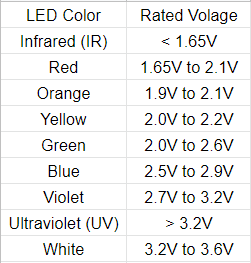
Another thing to check while powering an LED is its rated current. They offer little to no resistance so they will most likely not resist the current applied to them and your power supply will send as much current as it can if you do not put a resistor in series.
Most classic LEDs will require a current between 20 mA and 50 mA, so here is an example of how to calculate the right resistor value for a LED rated at 20 mA, 2V.
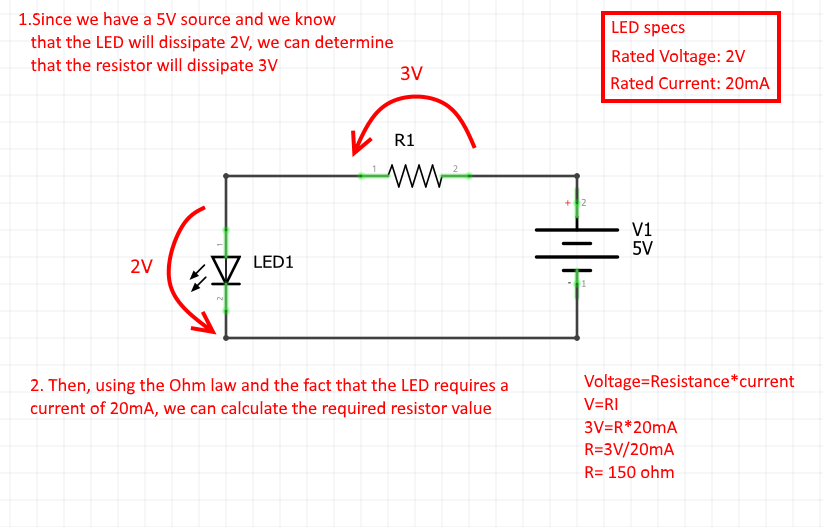
And of course, as you saw above, the LED has it's own circuit symbol
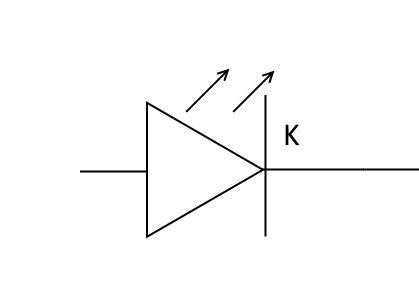
Whether you're trying to protect your circuit from reversing polarity or protecting your house from ugly home improvement with some groovy LEDs, diodes are probably the solution!
As always, do not hesitate to share your suggestions!



